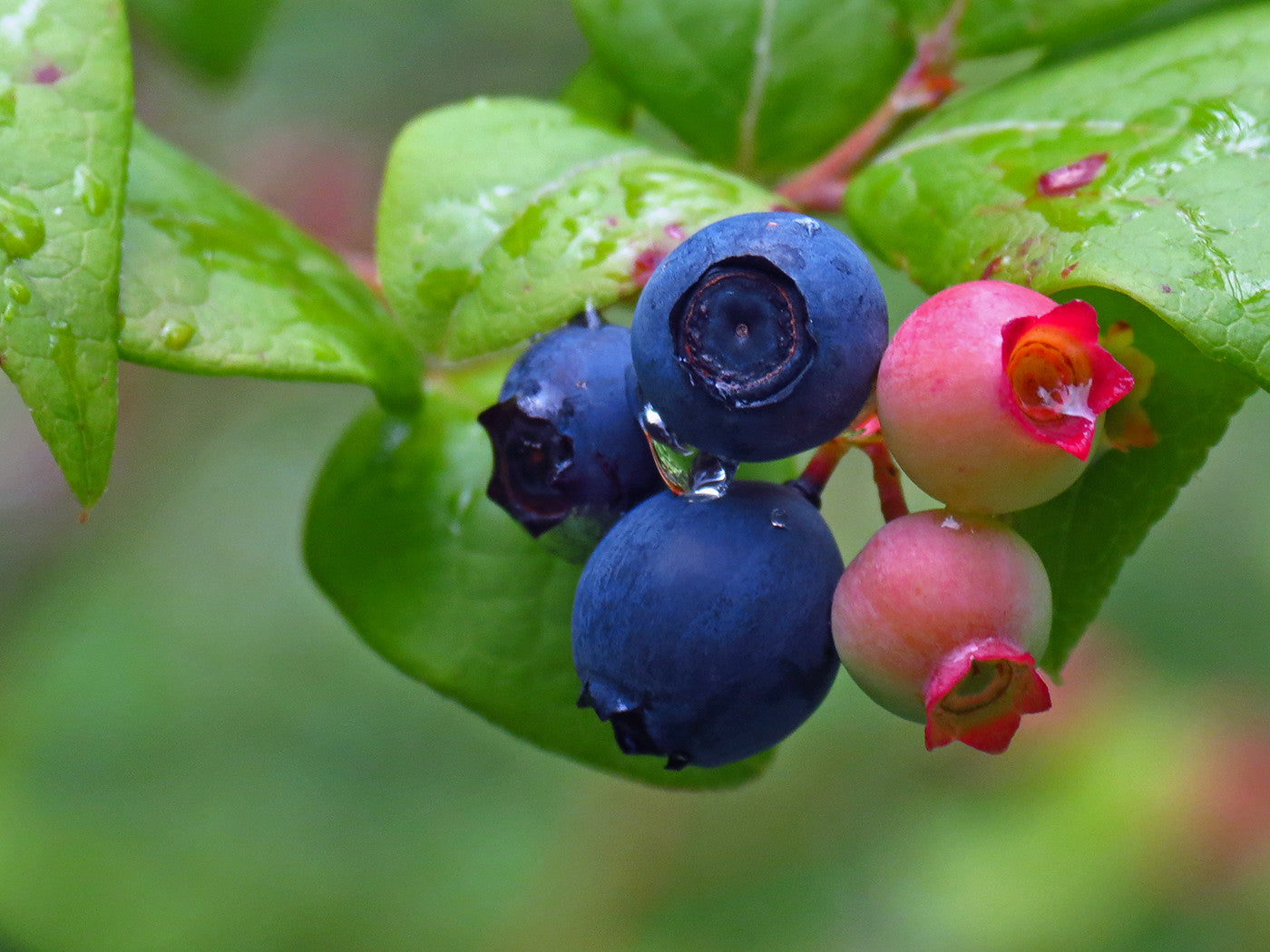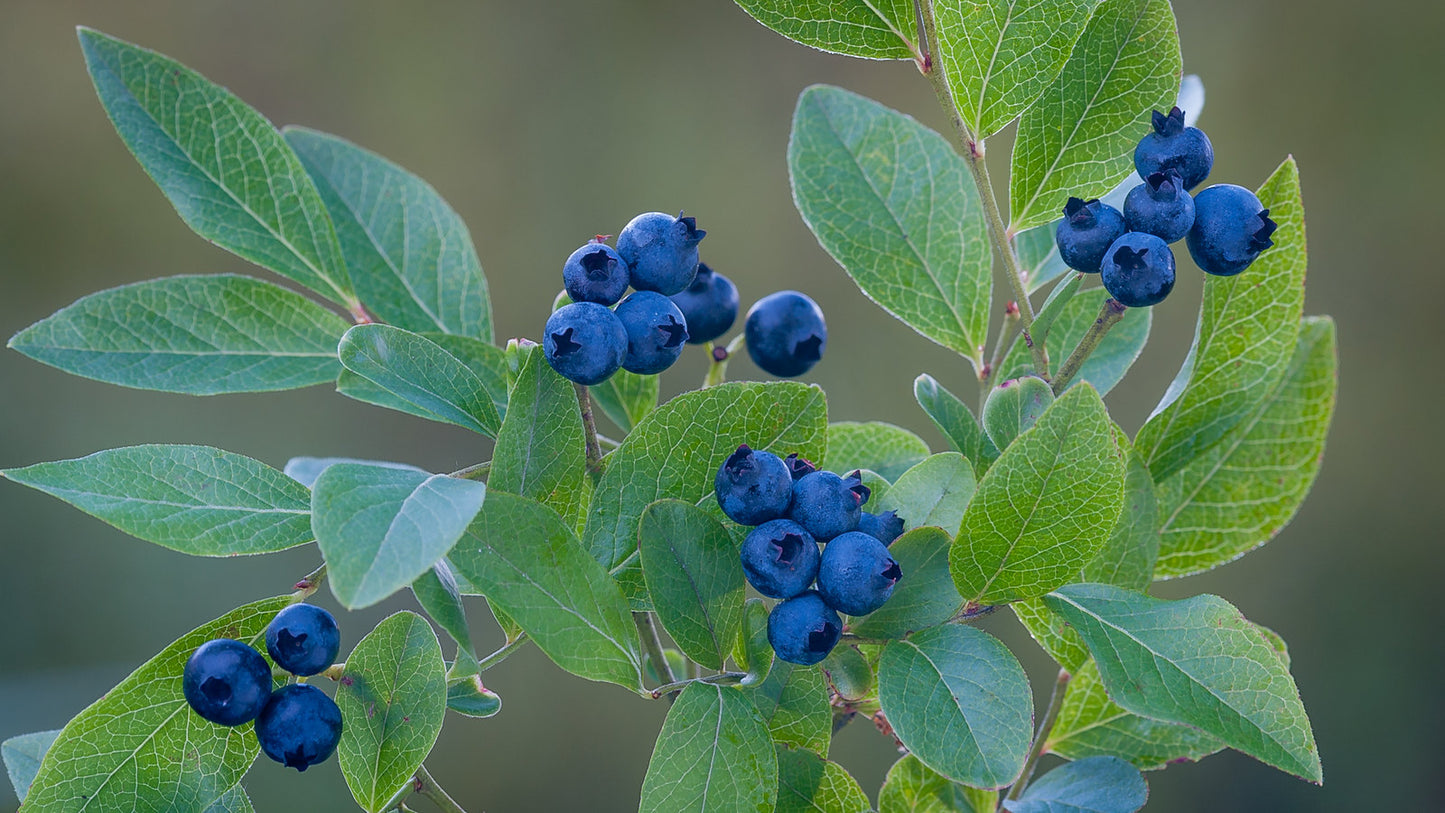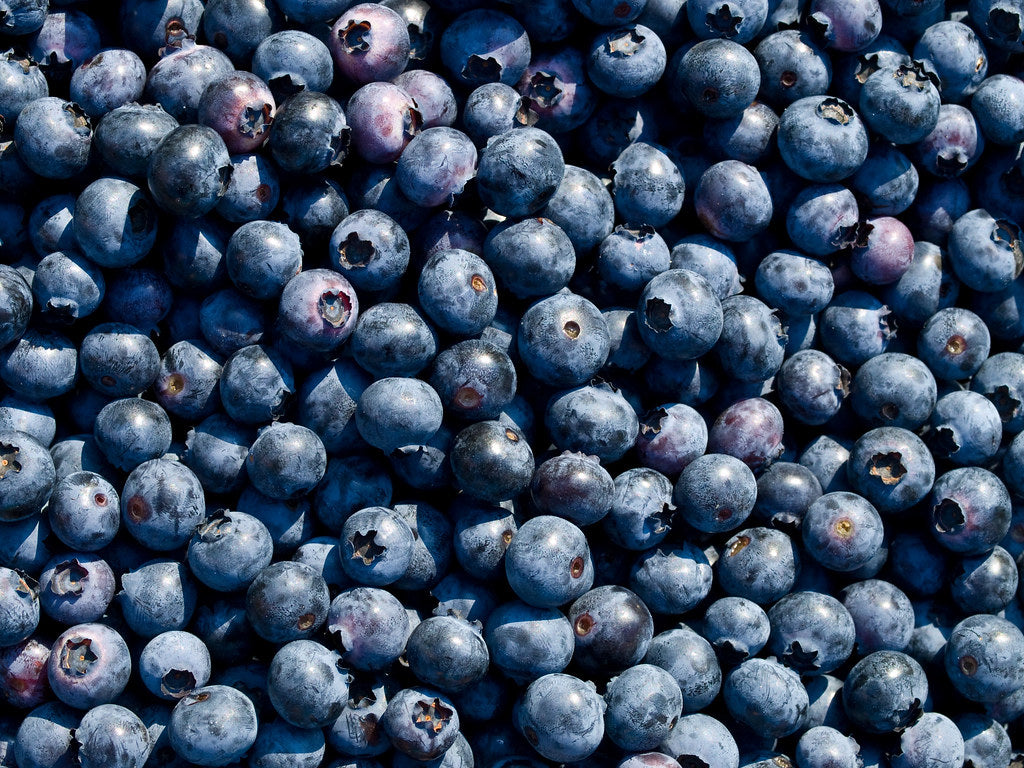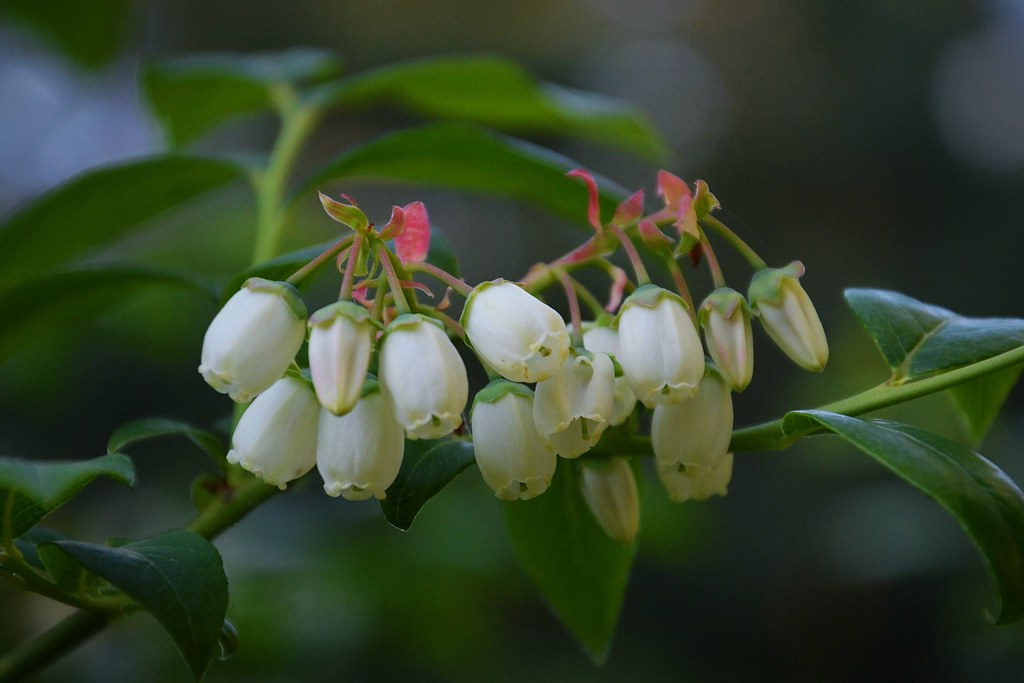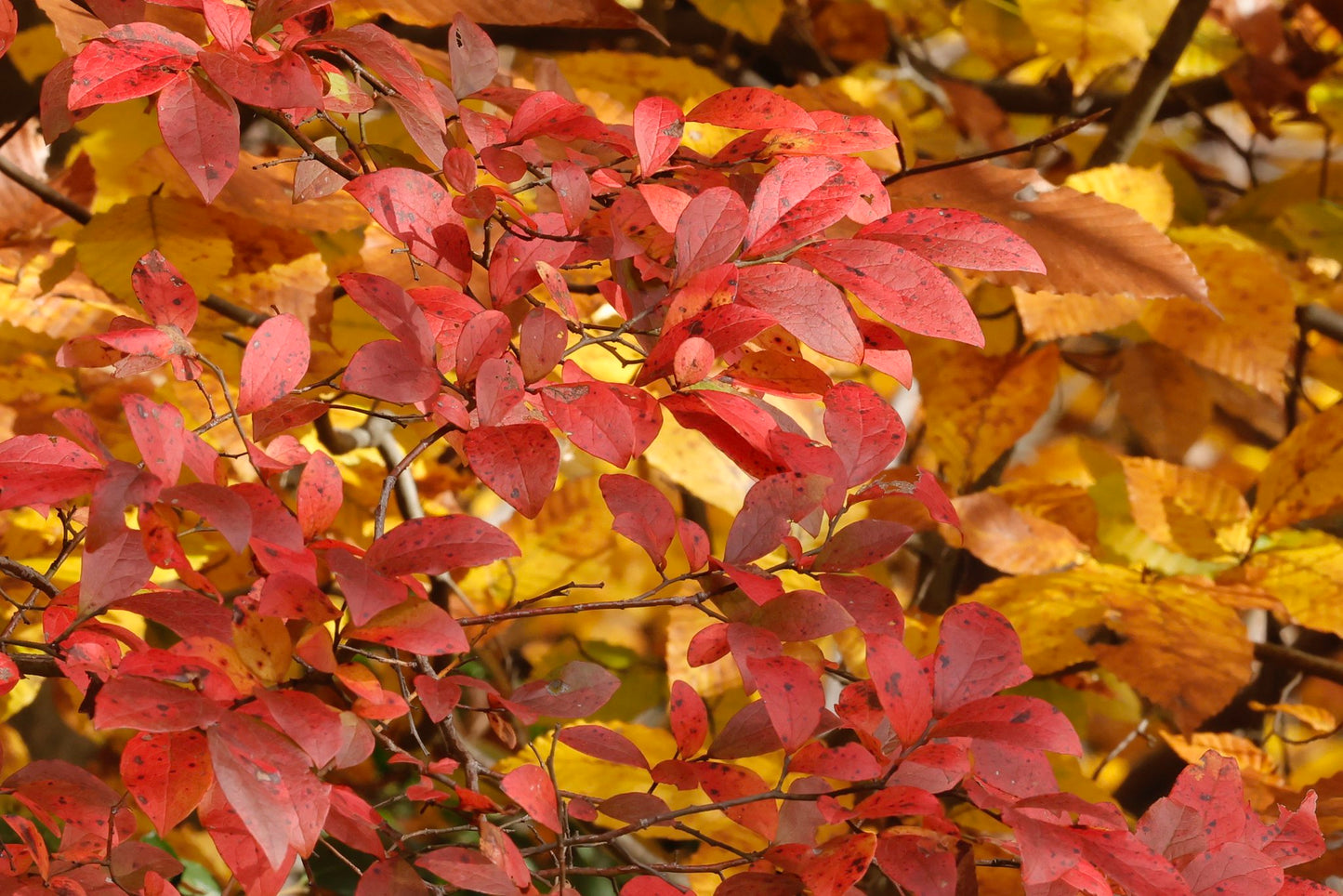Floridaseeds
Highbush Blueberry Vaccinium corymbosum 100 Seeds USA Company
Highbush Blueberry Vaccinium corymbosum 100 Seeds USA Company
Couldn't load pickup availability
Vaccinium corymbosum, commonly known as the highbush blueberry, is indeed a type of blueberry. It's one of the most widely cultivated species of blueberries due to its large and flavorful berries. Highbush blueberries are popular for both commercial production and home gardening.
Here are some key points about Vaccinium corymbosum blueberries:
Size and Appearance: The berries are typically larger than those of other blueberry species, ranging from about 0.5 to 2 centimeters (0.2 to 0.8 inches) in diameter. They have a blue-black color when ripe and a powdery bloom on the surface.
Flavor: Highbush blueberries are known for their sweet and juicy flavor, making them popular for fresh eating, baking, and cooking in various dishes.
Nutritional Content: Like other blueberries, Vaccinium corymbosum berries are rich in antioxidants, vitamins, and minerals. They are low in calories and high in dietary fiber.
Cultivation: Highbush blueberries require acidic soil with a pH between 4.5 and 5.5 for optimal growth. They prefer well-drained soil and full sun but can tolerate some shade. Proper pruning and maintenance are essential for healthy plant development and optimal fruit production.
Varieties: There are many cultivars of Vaccinium corymbosum available, each with its own characteristics such as berry size, flavor, and ripening time. Some popular cultivars include 'Bluecrop', 'Jersey', 'Duke', and 'Elliot'.
Harvesting: Blueberries typically ripen in mid to late summer, depending on the variety and location. They are usually harvested by hand when fully ripe, as they do not continue to ripen after being picked.
Uses: Highbush blueberries are consumed fresh, frozen, dried, and processed into various products such as jams, jellies, juices, and baked goods. They are also used in the production of blueberry wine and as ornamental plants in landscaping.
Growing Instructions for the Sparkleberry
- The seeds have a period of dormancy. They can be planted outdoors in the fall or winter for spring germination or they can be cold stratified to simulate winter conditions and to break their dormancy at any time of the year. 1. Put the seeds in a ziplock bag. 2. Put the bag in the refrigerator and leave it there for 2 months. 3. The seeds like moist, well-drained soil. Use a sterile seed starter mix, if available. It prevents soil fungi from damaging the seeds and the seedlings. If not available, then make a mixture of half potting soil and half sand, perlite or vermiculite. 4. Put the soil in a pot. 5. Sow the seeds on the surface of the soil. Do not cover them with soil. 6. Water the soil so that it is moist but not wet. 7. Place the pots in an area with warm temperatures in full sun or part shade. 8. When the seedlings are a few inches tall, they can be transplanted.
Materials
Materials
Shipping & Returns
Shipping & Returns
Dimensions
Dimensions
Care Instructions
Care Instructions
Share

